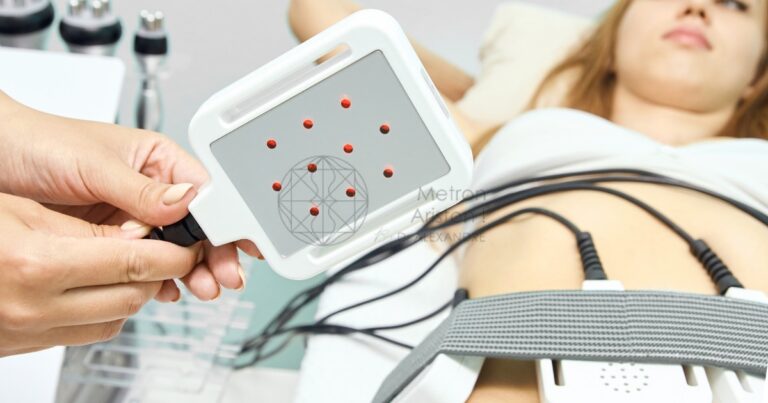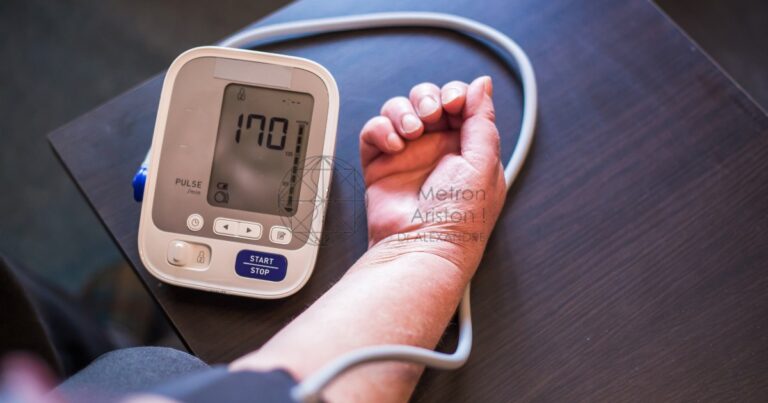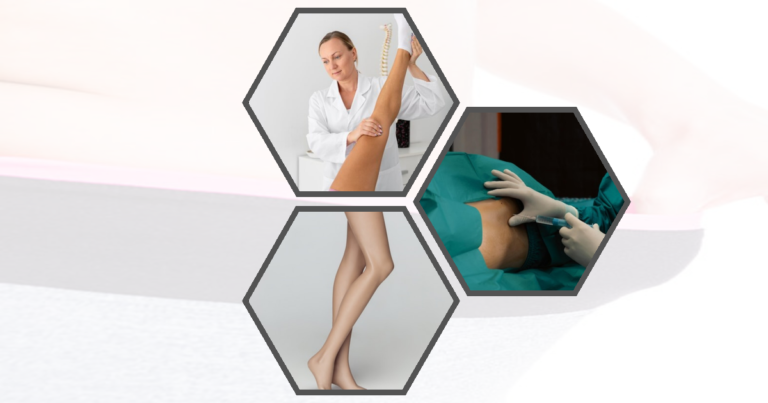Can Liposuction Cause Blood Clots:
Liposuction is a popular cosmetic procedure aimed at removing excess fat from specific areas of the body. However, like any surgical procedure, it carries certain risks, including the potential for blood clots. Understanding these risks and how to prevent them is crucial for anyone considering liposuction.
Understanding the Procedure
Liposuction involves removing fat deposits through a suction technique. A small, thin tube called a cannula is inserted through tiny incisions in the skin. The cannula is moved under the skin to target fat deposits, which are then suctioned out.
- Procedure Steps:
- Anesthesia administration
- Small incisions made in the skin
- Cannula insertion and fat suction
- Incision closure and recovery
Potential Complications (Minimized Under Expert Care)
When liposuction is performed by a skilled surgeon like Dr. Alexandre Dionys, the risks of complications are significantly minimized. While any surgical procedure carries some risk, Dr. Dionys’s expertise and attention to detail ensure that these complications are rare and expertly managed.
Common Complications (Minimized):
- Infection
- Scarring
- Uneven fat removal
- Blood clots
Blood Clot Formation Risk
Although the formation of blood clots, such as deep vein thrombosis (DVT), is a serious concern, Dr. Dionys takes every precaution to reduce this risk. Under his meticulous care, the likelihood of complications such as DVT or pulmonary embolism, which can be life-threatening, is greatly minimized.
- Blood Clot Risks:
- Deep vein thrombosis (DVT)
- Pulmonary embolism
- Life-threatening complications
Factors Increasing Blood Clot Risk in Liposuction
When liposuction is performed by an expert like Dr. Alexandre Dionys, the risk of blood clots is significantly reduced. By understanding and managing these factors, Dr. Dionys ensures the safest possible procedure for his patients.
Patient Health History
Dr. Dionys carefully evaluates each patient’s health history to identify any factors that may increase the risk of blood clots. He pays close attention to conditions such as obesity, smoking, or previous clotting disorders and implements preventive measures to keep risks at a minimum.
- Health History Factors:
- Obesity
- Smoking
- Previous clotting disorders
Surgical Technique
Dr. Dionys’s surgical technique plays a crucial role in minimizing blood clot risk. His advanced, less invasive methods and efficiency in performing the surgery reduce the duration of the procedure, lowering the likelihood of clot formation.
- Technique Factors:
- Invasiveness of the procedure (less invasive techniques used)
- Duration of surgery (efficient, shorter procedures)
- Surgeon’s expertise (high level of expertise ensures safety)
Post-operative Care
Dr. Dionys emphasizes the importance of proper post-operative care to reduce blood clot risks further. His clear instructions, along with appropriate medication and light physical activity, ensure patients recover safely and without complications.
- Post-operative Care Tips:
- Follow the surgeon’s personalized instructions
- Take prescribed medications
- Engage in light physical activity for safe recovery
Symptoms of Blood Clots After Liposuction
Recognizing the symptoms of blood clots early can be life-saving. Here are the signs to watch for:
Deep Vein Thrombosis (DVT) Signs
DVT typically occurs in the legs and can cause pain, swelling, and redness. If you notice these symptoms, seek medical attention immediately.
- DVT Symptoms:
- Pain in the leg
- Swelling
- Redness or discoloration
Pulmonary Embolism Warning Signs
A pulmonary embolism occurs when a blood clot travels to the lungs. Symptoms include shortness of breath, chest pain, and a rapid heart rate.
- Pulmonary Embolism Symptoms:
- Shortness of breath
- Chest pain
- Rapid heart rate
Preventing Blood Clots During and After Liposuction
Preventive measures can significantly reduce the risk of blood clots. Here’s how to stay safe:
Pre-operative Screening
A thorough pre-operative screening can identify risk factors for blood clots before liposuction . This includes reviewing your medical history and conducting necessary tests.
- Pre-operative Screening Steps:
- Review medical history
- Conduct necessary tests
- Identify risk factors
Intra-operative Measures
Certain measures can be taken during the procedure to minimize the risk of blood clots . These include using compression devices and ensuring proper hydration.
- Intra-operative Measures:
- Use of compression devices
- Ensuring proper hydration
- Monitoring patient’s vitals
Post-operative Care and Movement
Post-operative care is essential in preventing blood clots. This includes wearing compression garments, taking prescribed medications, and engaging in light physical activity.
- Post-operative Care Tips:
- Wear compression garments
- Take prescribed medications
- Engage in light physical activity
Treatment Options for Blood Clots Following Liposuction
If blood clots do form, prompt treatment is crucial. Here are the common treatment options:
Anticoagulation Therapy
Anticoagulation therapy involves using medications to prevent further clotting. These medications can be taken orally or through injections.
- Anticoagulation Therapy:
- Oral medications
- Injections
- Prevents further clotting
Thrombolysis
Thrombolysis is a procedure for dissolving blood clots. It involves administering clot-dissolving medications directly into the bloodstream.
- Thrombolysis Procedure:
- Administration of clot-dissolving medications
- Directly into the bloodstream
- Dissolves existing clots
Surgical Intervention
In severe cases, surgical intervention may be required to remove the clot. This is usually considered when other treatments are ineffective.
- Surgical Intervention:
- Removal of the clot
- Considered in severe cases
- Used when other treatments fail
What is the likelihood of developing blood clots after liposuction
Understanding the likelihood of developing blood clots can help in making an informed decision about liposuction.
Statistical Data
According to a study published in Plastic and Reconstructive Surgery, the incidence of venous thromboembolism after liposuction is approximately 0.35%. The American Society of Plastic Surgeons reports a 1.1% complication rate, with blood clots being a rare but serious potential complication.
- Statistical Data:
- Incidence of venous thromboembolism: 0.35%
- Complication rate: 1.1%
- Blood clots: Rare but serious
Risk Factors
Certain risk factors, such as obesity, smoking, and a history of clotting disorders, can increase the likelihood of developing blood clots.
- Risk Factors:
- Obesity
- Smoking
- History of clotting disorders
How long after liposuction can blood clots form
Blood clots can form at different times after the procedure. Here’s what you need to know:
Immediate Post-operative Period
Blood clots can form immediately after the procedure, especially within the first 48 hours. This is a critical period for monitoring and preventive measures.
- Immediate Risk Period:
- First 48 hours
- Critical monitoring period
- Preventive measures essential
Extended Risk Timeline
The risk of blood clots can extend beyond the immediate post-operative period. It’s important to remain vigilant for several weeks after the procedure.
- Extended Risk Timeline:
- Several weeks post-surgery
- Continued vigilance required
- Follow-up appointments important
Can compression garments help prevent blood clots after liposuction
Compression garments are often recommended after liposuction. Here’s how they can help:
Benefits of Compression
Compression garments help improve blood circulation and reduce swelling. This can significantly lower the risk of blood clots.
- Benefits of Compression:
- Improved blood circulation
- Reduced swelling
- Lower risk of blood clots
Proper Usage Guidelines
Compression garments must be worn correctly to be effective . Follow your surgeon’s instructions on how long and how often to wear them.
- Usage Guidelines:
- Follow the surgeon’s instructions
- Wear as directed
- Ensure proper fit
Are there any alternatives to liposuction with lower blood clot risk
If you’re concerned about the risk of blood clots, consider these alternatives to liposuction:
Non-invasive Fat Reduction Methods
Non-invasive methods like CoolSculpting and laser lipolysis can reduce fat without the risks associated with surgery.
- Non-invasive Methods:
- CoolSculpting
- Laser lipolysis
- Lower risk of complications
Minimally Invasive Techniques
Minimally invasive techniques like ultrasound-assisted liposuction offer a safer alternative with reduced risk of blood clots. Pneumatic fat removal uses air pressure to suck out unwanted fat from the body It is a way to shape the body without cutting the skin like in surgery Liposuction ineffective hipshape means removing fat from hips doesn’t always give the desired shape Some people may still have uneven hips after
Alcohol post liposuction Drinking alcohol after liposuction can slow down healing and cause more swelling Doctors usually tell patients to avoid alcohol for a few weeks after the surgery to help the body recover better Liposuction leaves faint marks on the skin where small tubes are inserted to remove fat These tiny scars usually fade over time and become barely noticeable
- Minimally Invasive Techniques:
- Ultrasound-assisted liposuction
- Reduced risk of blood clots
- Safer alternative
How does Dr Alexandre minimize blood clot risk during liposuction?
Dr. Alexandre employs advanced techniques and personalized care to minimize blood clot risk during liposuction.
Advanced Surgical Techniques
Dr. Alexandre uses advanced surgical techniques to reduce the invasiveness of the procedure and minimize blood clot risk.
- Advanced Techniques:
- Reduced invasiveness
- Minimized blood clot risk
- Enhanced safety
Personalized Patient Care
Personalized patient care, including thorough pre-operative screening and tailored post-operative instructions, helps in reducing the risk of blood clots.
- Personalized Care:
- Thorough pre-operative screening
- Tailored post-operative instructions
- Reduced risk of complications
FAQs
Can liposuction cause blood clots?
Yes, liposuction can cause blood clots, although the risk is relatively low. Proper preventive measures can significantly reduce this risk.
What are the symptoms of a blood clot after liposuction?
Symptoms of a blood clot after liposuction include pain, swelling, and redness in the leg, as well as shortness of breath and chest pain if the clot travels to the lungs.
How can I prevent blood clots after liposuction?
Preventing blood clots after liposuction involves pre-operative screening, using compression garments, taking prescribed medications, and engaging in light physical activity.
What should I do if I suspect a blood clot after liposuction?
If you suspect a blood clot after liposuction, seek medical attention immediately. Early intervention can prevent serious complications.
Are there safer alternatives to liposuction?
Yes, non-invasive fat reduction methods like CoolSculpting and minimally invasive techniques like ultrasound-assisted liposuction offer safer alternatives with lower blood clot risk.








